I posted this review as a guest poster on
my daughter's blog. You might want to pass this review on to a single male friend of a certain age -- although Amazon.com reports that more women are buying the book than men.
This is a banquet of a book, which any newly single man should be able to get nourishment from — and although women are not the target audience, I found that we can benefit from many of its suggestions too. Co-authored by a widowed market researcher and a married writer, the book draws on extensive research. The writing is accessible and easy to run through, and the headings are prominent enough so you can easily find topics of interest. There are also lots of stories and even a joke for a man to share with his buddies. The authors come across as nice, decent men with a sense of humor, who show compassion for their male readers and respect for the women these men want to meet.
The book recognizes that many men emerge from a married state not knowing how to take care of their most elemental needs. Since 50 percent of the men over 55 surveyed for this book have never prepared a meal, the authors teach readers how to feed themselves, from making a shopping list, going to the store (where they can meet new people), using kitchen appliances, and so forth. I learned about a
website to find owner’s manuals for appliances. Like helpful big brothers, Spielman and Silbert tell men to wear clean, unwrinkled clothes, keep their fingernails and toenails short and clean, make their beds every day, and do their laundry once a week — the laundromat is another good place to meet new people. Since women are often the money-person in the marriage — as one widower told me, “I never saw the mail, she took care of everything” — the authors give advice on handling financial and legal affairs.
The bulk of the book offers guidance for meeting, dating, having sex with, and developing relationships with women. There’s a little bit about strengthening male friendships and going to bereavement or divorce groups, but since two-thirds of surveyed men say they want to find a woman to be with, most of the advice is toward this goal.
How to meet a woman? The Internet is the #1 way now, closely followed by women known in the past, and then through family or friends, chance encounters, and at gatherings and religious facilities. Specific advice for Internet dating includes advice on your profile photo and information, staying honest (anyone can find your age on the Internet, and height and weight are evident when you meet in person, so what’s the point of lying?), Googling potential dates, and yourself to find out what other people can learn about you.
There’s advice on keeping a conversation going, good places to go on dates, and always being prepared with condoms and with a packed overnight bag in your car in case you get really lucky. If you get invited to spend the night at a woman’s home, check out how to get to her bathroom from her bed, so you won’t bump into anything on those middle-of-the-night trips to the john. If you want her to come to your home, clean up your medicine cabinet ahead of time. If a woman offers to pay on a first date, don’t assume this means she doesn’t want to see you again – it probably means she’s an independent woman; the authors offer graceful ways of handling the situation. Men are encouraged to keep a Dating Dossier to keep track of the women they meet – names, dates, where they went, how many children she has.
I liked the authors telling guys that if a first date doesn’t work out, the man should not say he’ll call. Women have complained about this since I was a teenager, so don’t say it if you don’t mean it. The authors suggest kinder ways to move on.
There’s some discussion about sex: most mature men and women want it, it’s most likely to occur after five or more dates, more than one-third of people use vibrators or other sex toys, medications can help with erectile difficulties, and men and women should tell each other what they like. Moving on in the relationship, there are suggestions for introducing your special woman friend to your family, advice to take a two-week trip together before planning to live together, and ways to kindly end a relationship that hasn’t worked out.
This book packs a lot of useful information into 177 pages but some areas were neglected. I hope that successive editions will include more about oral and manual means of sexual pleasure, about the need for foreplay, about the physical needs of “re-virgins” (women who have not been sexually active for some time), about couples getting tested for HIV and other sexually transmitted diseases and sharing results with each other. I would also like to see some acknowledgment that gay men coming out of a marriage or a relationship may have some of the same concerns as heterosexual men.
But what the book already has is really helpful. So is its website,
SuddenlySolo.org, where Hal gives sensible, caring answers to questions in his “Ask Hal” column.
The book can be purchased on
Amazon.














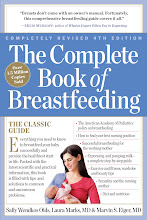







.jpg)
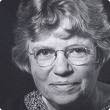




.jpg)
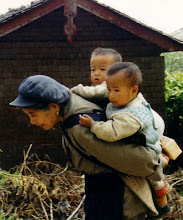.jpg)
.jpg)
.jpg)


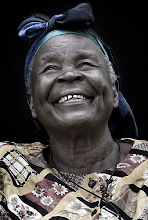

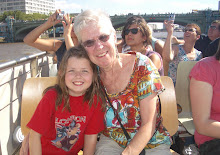.jpg)






.jpg)